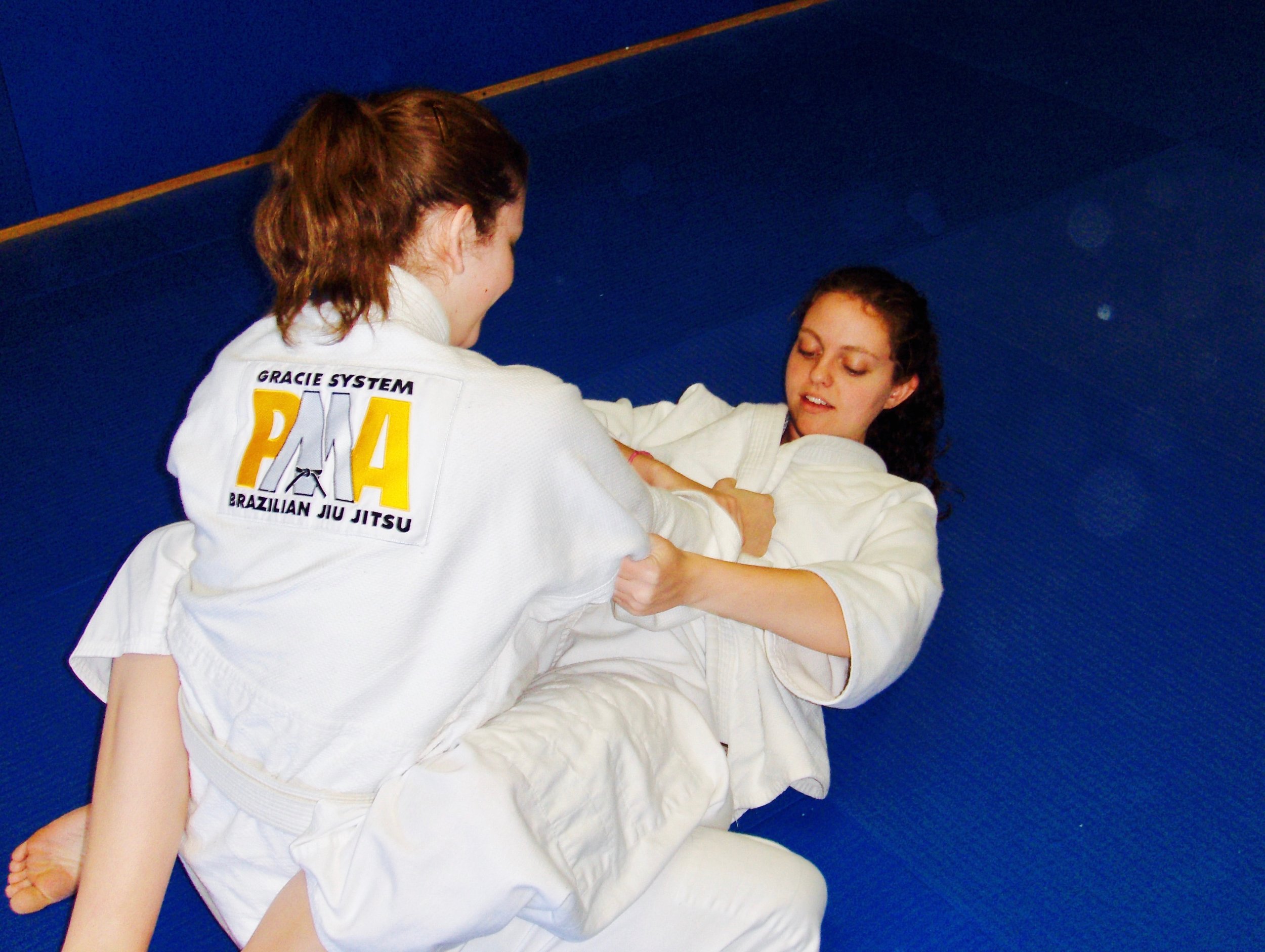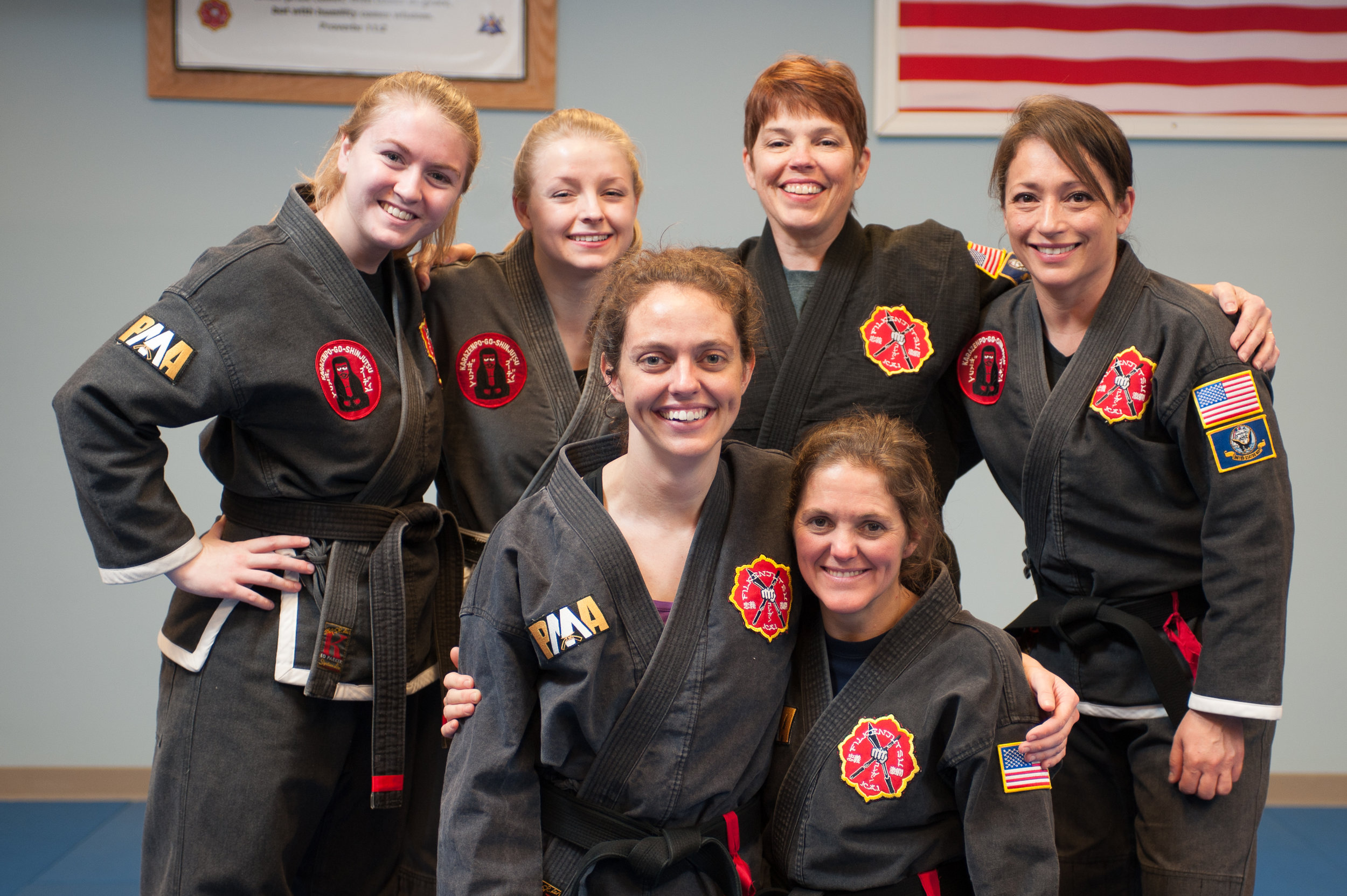Consider some of the following information from the CDC:
“More than one-third (36.5%) of U.S. adults have obesity.
Over 70% of U.S. adults over the age of 20 are overweight.
Approximately 84 million American adults—more than 1 out of 3—have prediabetes. Prediabetes is a serious health condition where blood sugar levels are higher than normal, but not high enough yet to be diagnosed as type 2 diabetes. Of those with prediabetes, 90% don’t know they have it. Prediabetes puts you at increased risk of developing type 2 diabetes, heart disease, and stroke.”
The good news is that if you are prediabetic, or are overweight or obese, we know what lifestyle changes need to be made to prevent, delay, or even reverse these conditions.
The bad news is that SO DO YOU. The problem we are facing is not a lack of information. In fact, you could argue that we have way too much information. The amount of information practically freezes us. And it changes on a daily basis.
Carbs are good…no, carbs are bad.
Fat is good…no, fat is bad.
You should do more cardio…no, you should do more strength training.
This diet is the best…no, THIS diet is the best.
These conflicting statements that are thrown in our faces all the time confuse us, and freeze us in our tracks. We aren’t sure if we have the PERFECT diet or exercise plan, and so we just stay put and continue deeper and deeper into this hole.
That is until something we see on Facebook, or someone tells us about something that convinces us we have found the perfect plan. And we follow it for a little while, but that idea was such a significant overhaul of our current lifestyle that we started to slip a little.
We gave into some cravings.
We skipped a workout.
We just don’t feel like this plan is the one for us.
But Monday is coming right around the corner, so let’s try again next week!
And we make it a couple of days into the new week before inevitably slipping again. Before you know it, this cycle brings us back to where we were before the plan, and we give it up. Only to fall out of shape even worse than we were before the miracle plan tried to save us.
But it’s okay because a NEW YEAR is coming up!!!
On this magical day, January 1, everything will change. I will overhaul my life and finally be the person I want to be. Even though nothing makes this day any different than any other day, the difference is now the New Year motivates me.
Well, we all know how that works too, don’t we? Eventually motivation from the new year will be gone.
So, let’s not fool ourselves this year.
Try something a little different this year: I want you to take your time and write out 26 habits that you think are the most important for you to change your life. Just to get you started, think of some things like:
Eat slowly and enjoy your food.
Stop eating before you are stuffed.
Exercise daily, but make it something you love.
Eat a few servings of vegetables every day.
Eat REAL food.
Take 5 minutes to meditate every day.
And so on and so forth. With all of the information you have available to you, what habits would you pick? Now, lay them out in a logical sequence, where one habit builds into the next one whenever possible. What order would it make the most sense to learn all of these habits?
Now plot them on your calendar, and spend 2 weeks working on each one for the next 52 weeks (year), and tell me where you land this time next year.
Our problem is not a lack of information, it is understanding how to make change happen. One habit at a time is the way to do it!
This is the way Precision Nutrition (PN) has built their nutrition and lifestyle coaching program. We teach our students that martial arts training is a "Way of Life," and that means you should integrate things like healthy lifestyle habits, nutrition, yoga, meditation, fitness, etc. into your life. The Precision Nutrition platform has powered our ability to offer nutrition and lifestyle coaching to our students, and we couldn't be happier with it.
We can only open up a few spots in the program at a time because we just don't have enough time to coach a ton of people. We'd love for all of our adult students at Progressive Martial Arts Academy to go through this program because it lines up so beautifully with the "Martial Arts Way of Life." It is the missing link we were looking for for so many years. Unfortunately, we cannot take everyone on at the same time.
We will be accepting a small group of men and women that wish to embark on a year-long program to build the habits and skills necessary to reach and then maintain the healthiest version of themselves. This program with either myself or PMA instructor and certified PN coach, Kristie Fox, as your coach will begin Monday, January 1, 2018.
If you are interested, please email me at dcorrigan@pmaoakridge.com to reserve a spot and get more information.
Changing your nutrition and lifestyle doesn't have to be complicated, boring, or ineffective. If you are sick of trying new diets and exercise programs year in and year out, this is a 1-year program that will help you slowly change your habits to live the healthy lifestyle that you want.
Through PN's ProCoach software, we will provide the nutrition and lifestyle portion of coaching online with daily habits, lessons, and assignments. We’ll get to see your progress, provide feedback on a regular basis to your assignments and progress, and answer any questions you may have along the way. This program can be done 100% online! So wherever you are in the world, don't hesitate to email me.
Space is extremely limited, so please do not wait to email - dcorrigan@pmaoakridge.com.
I recently heard someone on a podcast I was listening to refer to what’s happening with health in this country as a “slow-moving plague.” I view this element of what we do at Progressive Martial Arts Academy as maybe one of the most important. We’ve always been able to make a large impact on people’s lives through martial arts training, and we are so excited to now be able to help with nutrition and lifestyle coaching too.
I hope you have a great 2018! Even if you don’t go through our coaching program, I hope you will take the advice above and give it a shot. Let me know how it works out. Remember, one habit at a time!




















